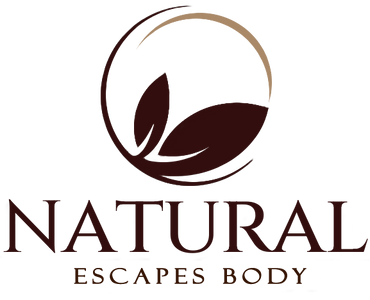Kaolin Clay (Kaolinite): Gentle, Oil-Absorbing Pore Care
Quick Facts
Mineral Name: Kaolinite (Al₂Si₂O₅(OH)₄)
INCI Name: Kaolin / CI 77004 (when used as colorant)
Extract Type: Naturally occurring clay mineral
Benefits: Oil absorption, gentle exfoliation, pore refining, soothing, mattifying
Best Uses: Exfoliating face masks, sensitive skin cleansers, mattifying treatments, pore care
Kaolin clay, also called China clay or white clay, is a soft mineral rich in kaolinite that lifts excess oil and impurities without stripping skin. Its fine particles provide mild exfoliation and help refine the look of pores, making it a go to for oily, acne prone, and sensitive skin. White kaolin is prized in clean skincare for its neutral pH and gentle, balanced cleansing performance.
What the Science Says
- A four week clay mask study in oily and combination skin reported fewer comedones, lower sebum, and improved skin evenness and hydration with twice weekly use[1].
- Safety reviews conclude kaolin and related aluminum silicate clays are safe as used in cosmetics when properly refined[2][3].
- Compared with more swelling clays, kaolin’s lower cation exchange and shrink‑swell capacity support deep cleansing with less over drying[4].
- Clay minerals can bind impurities and some microbes on contact, supporting clarity in congested skin[5].
Key Nutrients / Compounds
- Kaolinite (85–95%) — Layered silicate that provides absorbency and gentle exfoliation
- Silica (SiO₂) — Supports oil absorption and a smooth skin feel
- Aluminum oxide (Al₂O₃) — Contributes to drawing out impurities
- Iron oxides — Trace minerals that influence color and absorbency
- Titanium dioxide, potassium oxide, magnesium oxide — Trace minerals that round out kaolin’s mild, soothing profile
Skin Benefits
- Removes excess oil without tightness
- Refines the look of pores
- Gently buffs away dull surface cells
- Helps calm the feel of irritation
- Leaves a smooth, matte finish
Why Natural Escapes Body Uses It
We use kaolin clay in our face mask for balanced detox without dryness. It gives a smooth, creamy application, draws out excess oil, and rinses clean so skin feels comfortable, refined, and fresh.
Products Featuring This Ingredient
Safety Notes
- Comedogenicity: 0 (non comedogenic)
- Patch testing: Recommended for very sensitive skin
- Who should avoid: Avoid contact with eyes. Do not allow masks to dry rock hard on skin to prevent temporary tightness or irritation
FAQs
Is kaolin clay safe for sensitive skin?
Yes. Kaolin is one of the gentlest clays and is often recommended for sensitive or reactive skin when used as directed[2][3].
How often should I use a kaolin clay mask?
Most skin types do well with 1–3 times per week. Apply to clean, damp skin for 5–10 minutes and rinse before it dries completely[1].
Will kaolin dry out my skin?
Used properly, it removes excess oil without stripping. Do not let the mask fully dry and follow with moisturizer for best results[4].
Can kaolin help with clogged pores and blackheads?
Kaolin helps draw out excess oil and debris that contribute to congestion, supporting clearer looking pores over time[1][5].
What can I pair with kaolin for extra comfort?
Soothing hydrators like aloe vera or humectants work well to keep skin balanced after rinsing.
Scientific References
- Comprehensive assessment of the efficacy and safety of a clay mask in oily and acne skin. PMC, 2023.
- Final report on the safety assessment of aluminum silicate and related clays. International Journal of Toxicology, 2003.
- Kaolin - Safety Assessment. Cosmetics Info, 2023.
- The Science of Kaolin Clay (White Clay) in Skin Care. Skin Type Solutions, 2024.
- 7 Benefits of Kaolin Clay & How to Use it For Skin. SkinKraft, 2021
- Four Benefits of Kaolin Clay. The Dermatology Review, 2023
- Kaolinite - Mineral Properties. Britannica Encyclopedia, 1998
- Kaolin Clay Benefits For Skin. Neutrogena, 2024

